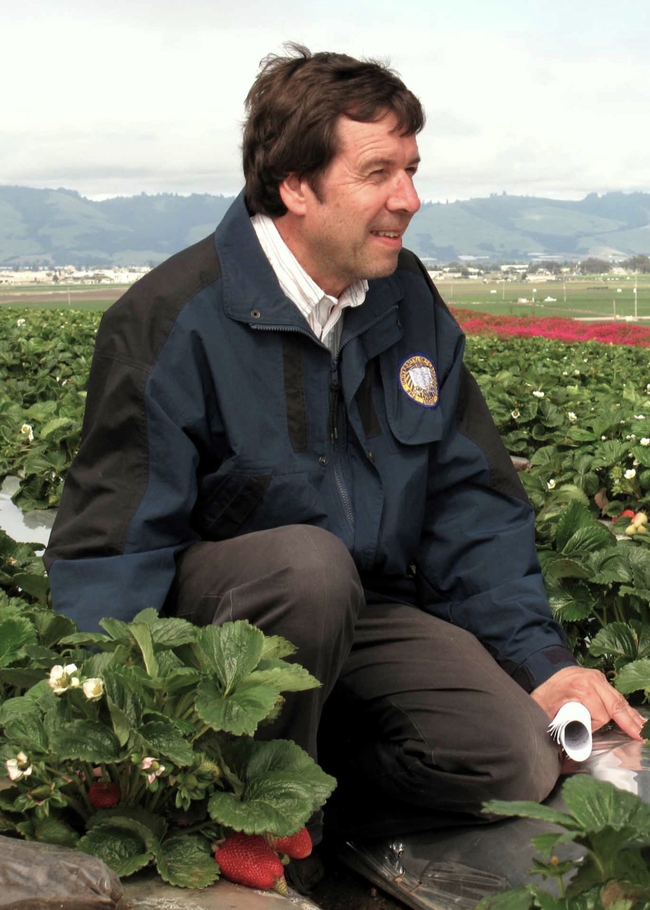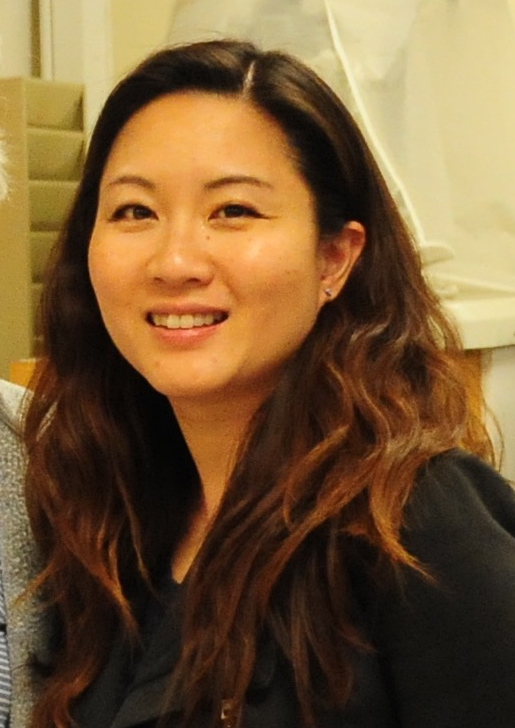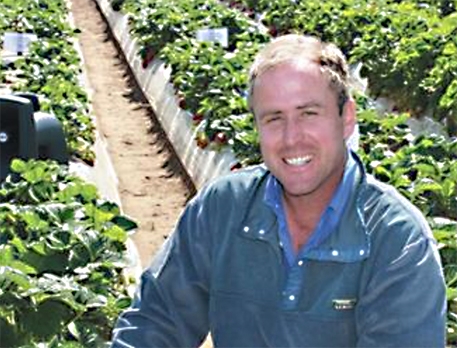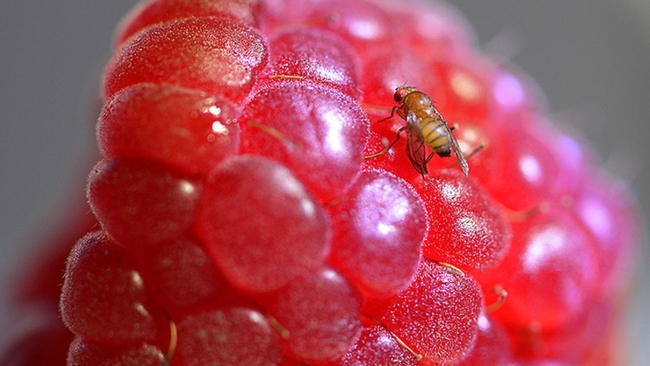
But agriculturists and scientists have.
The spotted-wing drosophila (SWD), Drosophila suzukii, is an agricultural pest that is super tiny.
It's approximately 2 to 4 millimeters in length with a wingspan of 5 to 6.5 millimeters. One millimeter is approximately 0.039 inches. There are 25.4 millimeters in 1 inch. So, the adult is about the size of a grain of sand, which can measure 0.5 to 2 mm in diameter.
SWD, native to southeast Asia and first discovered in California in 2008, lays its eggs in such soft-skinned, ripening fruits as strawberries, raspberries, cherries, blueberries, peaches, nectarines, apricot and grape.
In 2008, the first year of its discovery in California, the economic loss attributed to this pest amounted to $500 million. Latest statistics from 2015 indicate a $700 million national economic loss.

Lead author of the paper, “Transcriptome Analysis of Drosophila suzukii Reveals Molecular Mechanisms Conferring Pyrethroid and Spinosad Resistance,” is Christine Tabuloc, then a doctoral candidate and now a postdoctoral researcher working under the mentorship of Professors Chiu and Zalom.
"In this work, we leveraged high throughput sequencing to identify biomarkers of insecticide resistance in D. suzukii,” Tabuloc explained. “We found that different genes are responsible for resistance to different chemicals. Specifically, we found that genes involved in metabolism are highly expressed in flies resistant to pyrethroid insecticides. We also observed evidence of two different mechanisms of resistance in 2 lines generated from a single spinosad-resistant population. We found an increased expression of metabolic genes in one line and increased expression of cuticular genes in the other.”

Tabuloc added that “our work has enabled for the detection of resistance in California populations, and we are currently doing a nationwide screening to determine whether resistance is now present in other states. Currently, we are working with the Zalom lab to use the results of our assays to try and combat resistance. There are experiments in progress trying to increase the efficacy of insecticides by blocking some of the genes involved in resistance, such that the enzymes encoded by those genes have decreased function."
A giant in the entomological world, Zalom directed the UC Statewide Integrated Pest Management Program for 16 years. He is an Honorary Member of the Entomological Society of America (ESA), the highest ESA honor, and he served as its president in 2014.

“This work not only represents good science; it has very practical implications," Zalom said. He and Tabuloc presented results of the work at a special berry grower seminar on insecticide resistance organized by UC Agriculture and Natural Resources (UC ANR) Farm Advisor Mark Bolda, strawberry and caneberry farm advisor in Santa Cruz, Monterey and San Benito counties, Mark Bolda in Watsonville.
"The presentations were extremely well-received," Zalom noted. "The original program was targeted for about 1.5 hours, but the meeting extended to over three hours due to the extent of questions and great discussion that followed. Growers and their consultants are hungry for new information that they find interesting and potentially useful, and this work was clearly of interest to them.”
Said Bolda: “The research was top shelf and the need, of course, is very great. Some of the information that Frank and Christine presented has been put into immediate use in the industry.”
What most people don't know is that Bolda was the first to discover the pest in North America. That was in 2008.
"He asked me to come down to look at it and the problem...we weren't able to get an actual species identification until 2009!" Zalom said.
As the pest continues to spread throughout much of the country, anxious growers are worried about its increased resistance to pesticides. The UC Davis research team is alleviating that worry.
Attached Images:
